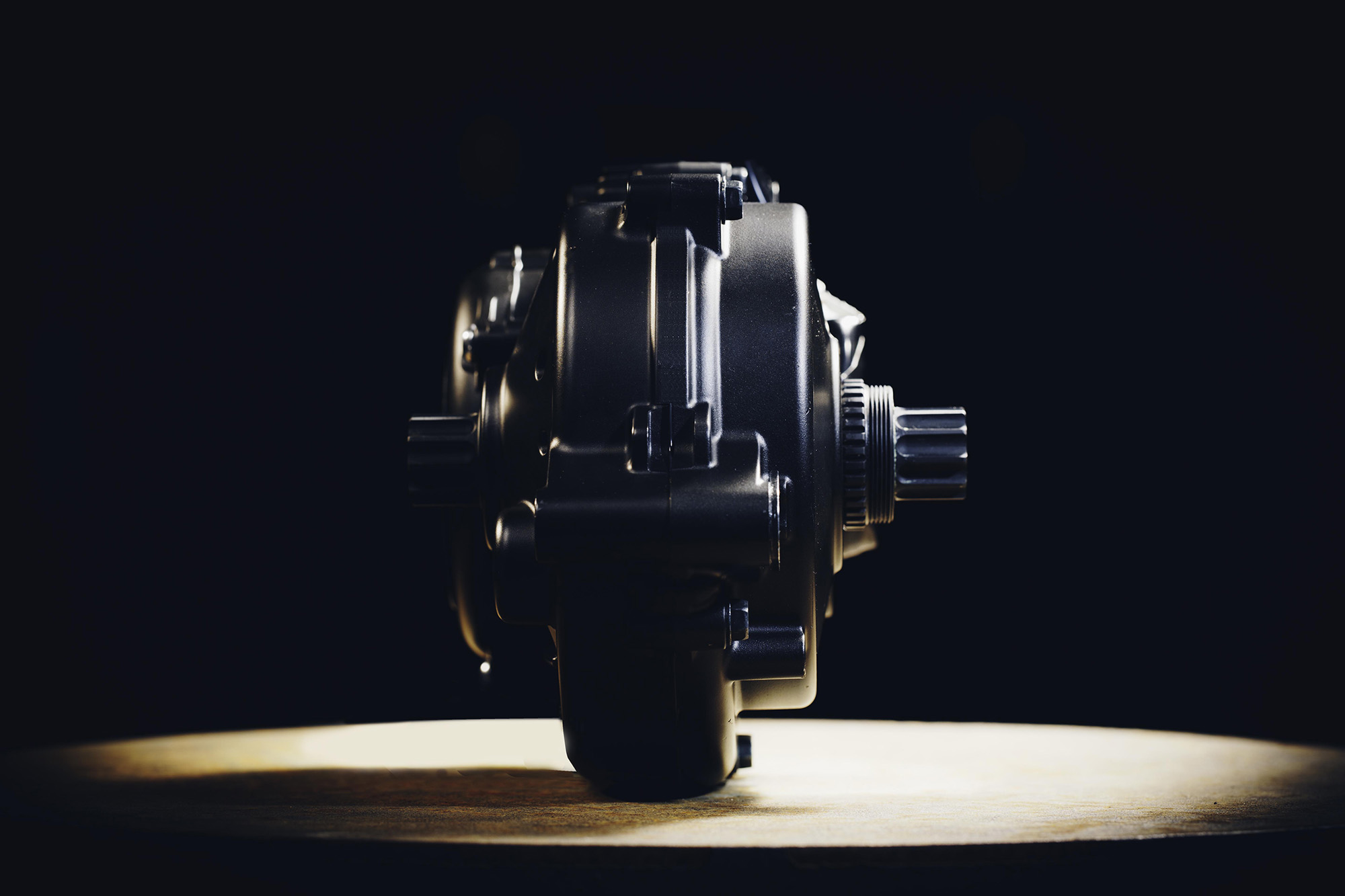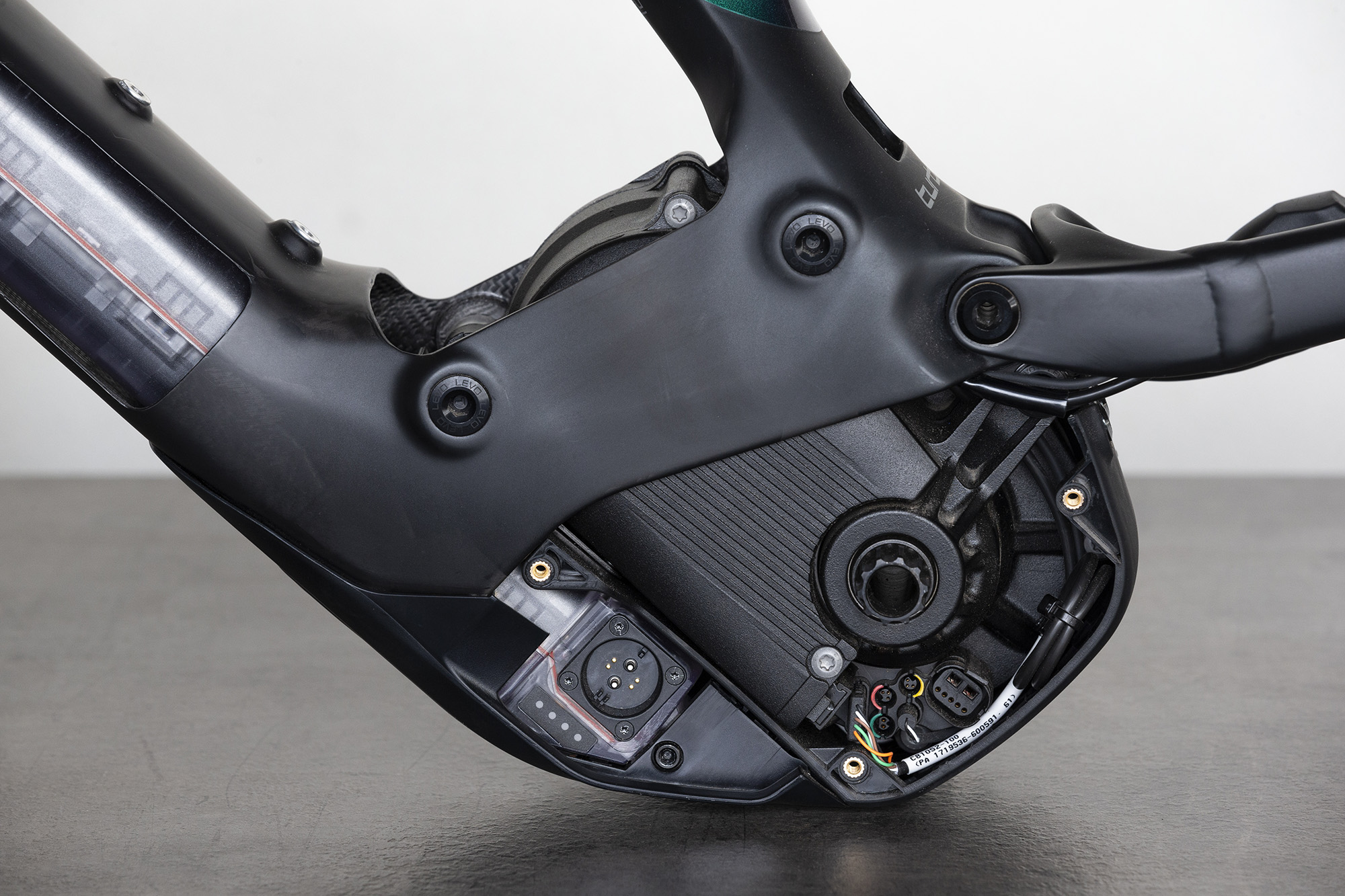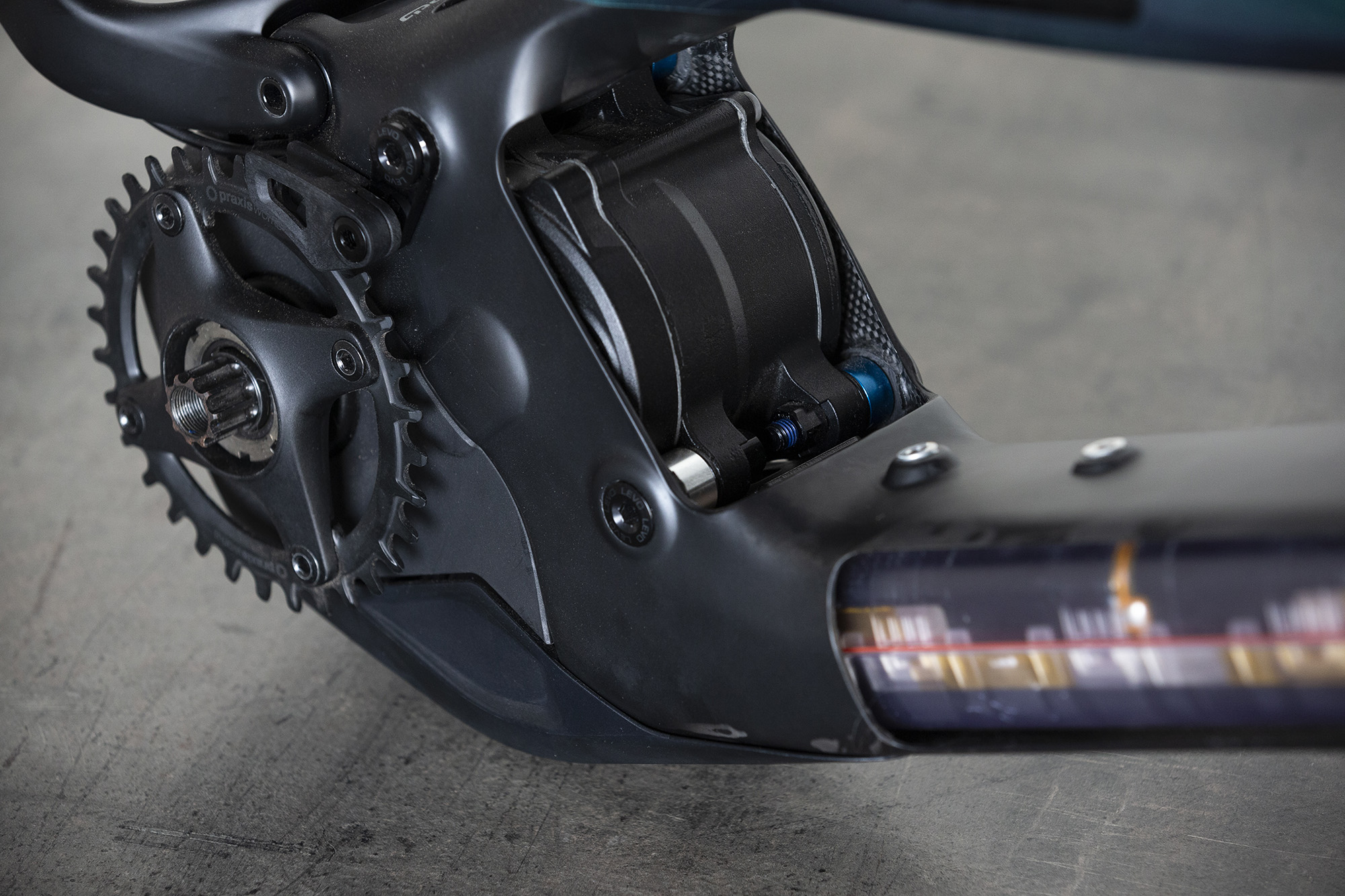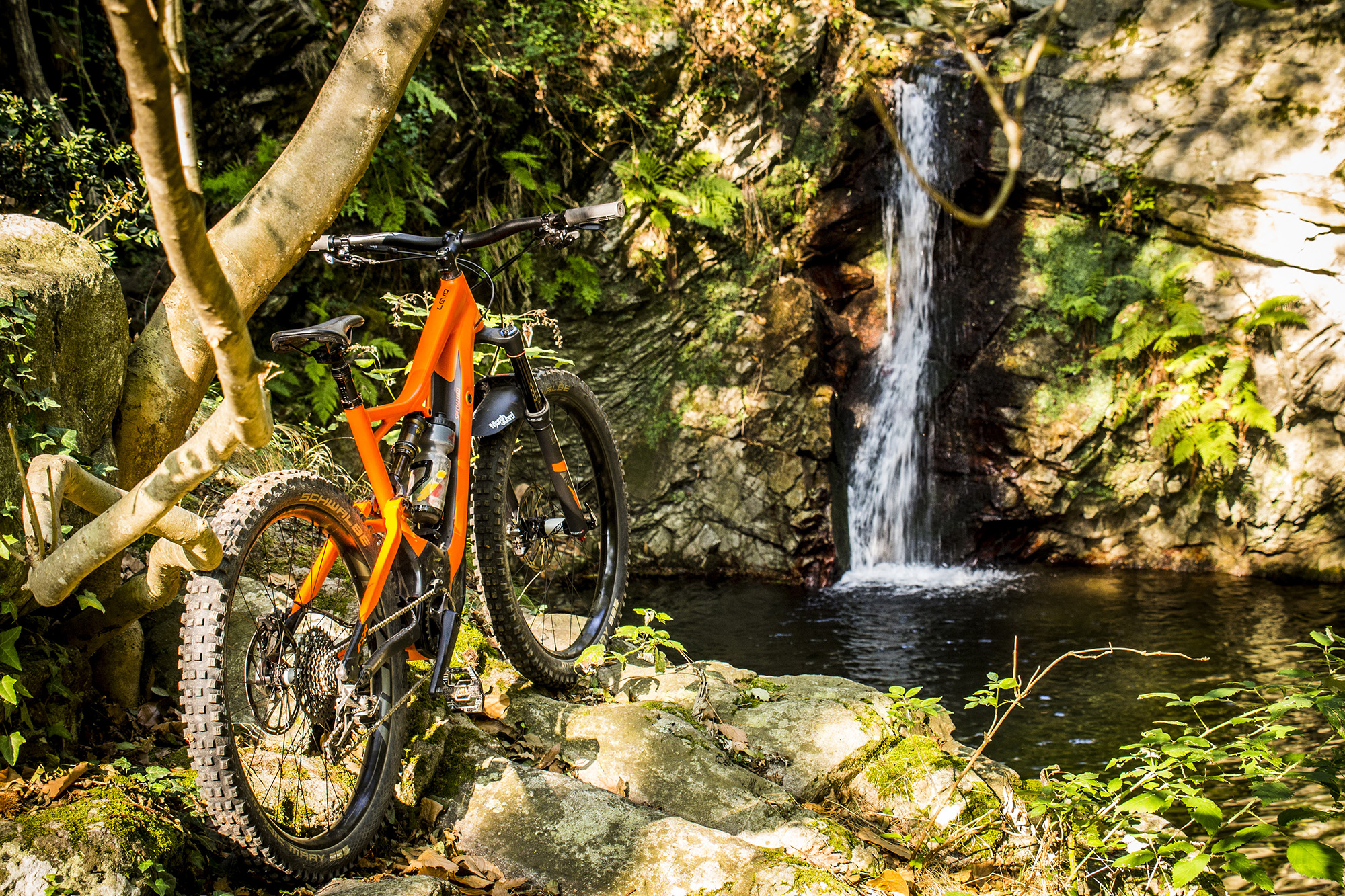Hanging from every e-Bike is this bulbous black plastic cage encasing some sort of magic that makes you go faster, pedal for longer, and travel further. Do you ever stand there and wonder what is going on?
Since we launched [E]volution last year we’ve received a ton of reader emails asking us for information about how e-Bike motors work. The 4 most common questions we’ve been asked countless times we will answer for you specifically at the bottom of this article. Things such as; where does the ‘pedal assistance’ power actually come from? How does the system know how hard I am pedaling? Can I switch batteries and motors between brands? All these questions and more are about to be answered.
After numerous late nights spent researching (fuelled by plenty of beers), as well as some extra ‘know how’ and ‘intel’ from some of the industries leading brands, we’re pretty confident we’ve been able to answer all of the unknowns. You see, e-Bike motors are incredibly complex systems, however they can be explained rather simply. What is hiding inside the ‘shell’ of the motor? Usually there will be a series of gears, some sensors, a chip board, and your crank spindle. There is also this cylindrical looking thing with wires and stuff everywhere. This is the motor itself, a “brushless” system for efficiency and reliability. All of these components together will read your pedal input through torque and cadence, then take those readings in order to inform the motor how much assistance it is going to provide you. Okay, so that is an e-Bike motor explained in the most basic of terms. But now to really explore and understand the inner workings of these complex systems we reached out to two of the e-Bike industries leading brands, Giant (Yamaha) and Specialized (Brose) and with the insight that they provided us we’re about to take you right down into the rabbit hole to discover exactly how modern day e-Motors function. Ready? Lets get started!
 The brushless motor is a fairly simple and efficient design that allows for assistance to be provided quietly. Any noise you usually hear from an E-Bike is mostly from the internal gearing, the motor itself is relatively quiet. The way the motor works may seem complex however it isn’t too crazy at all. Essentially it uses opposing magnetic forces from a centre axle to drive an outer disc in a circular motion. On the outer ring there are alternate polarities + then – then + etc. The inner axle consists of copper wrapped iron “spokes” that can be charged and create a positive or negative electromagnetic field. As the outer ring rotates the polarity of the center electromagnets changes to an opposite polarity to in-turn, create magnetic force. This magnetic force rotates the outer circle and therefore creates torque. In the Giant (Yamaha) motors the use a brushless motor with an internal planetary gear. Where the outer ring is then drives a planetary gear setup, that spins the drive (assistance) gear. Imagine that you had two magnets on your chain ring, one next to the crank arm and one opposite. Above and below your BB you have two electromagnets that change polarity every time your crank arm passes. This will force the magnets away and spin the crank for you. Now times that by; 8, 10, 16, 24… you get the idea, and you have a sturdy powerful motor. Because there is no real contact in the motor there is no real wear and can last reliably for quite a long time.
The brushless motor is a fairly simple and efficient design that allows for assistance to be provided quietly. Any noise you usually hear from an E-Bike is mostly from the internal gearing, the motor itself is relatively quiet. The way the motor works may seem complex however it isn’t too crazy at all. Essentially it uses opposing magnetic forces from a centre axle to drive an outer disc in a circular motion. On the outer ring there are alternate polarities + then – then + etc. The inner axle consists of copper wrapped iron “spokes” that can be charged and create a positive or negative electromagnetic field. As the outer ring rotates the polarity of the center electromagnets changes to an opposite polarity to in-turn, create magnetic force. This magnetic force rotates the outer circle and therefore creates torque. In the Giant (Yamaha) motors the use a brushless motor with an internal planetary gear. Where the outer ring is then drives a planetary gear setup, that spins the drive (assistance) gear. Imagine that you had two magnets on your chain ring, one next to the crank arm and one opposite. Above and below your BB you have two electromagnets that change polarity every time your crank arm passes. This will force the magnets away and spin the crank for you. Now times that by; 8, 10, 16, 24… you get the idea, and you have a sturdy powerful motor. Because there is no real contact in the motor there is no real wear and can last reliably for quite a long time.
Inside a lot of these motors are a set of gears that step the gears in order to maximise the torque and efficiency. For instance, the output shaft has a small gear on it that drives a larger gear. Then, in the centre of the medium gear is a slightly larger gear, which drives another larger gear, which is attached to the BB to provide assistance. The Brose motor featured in the Specialized e-MTB’s use a belt drive in their motors to reduce noise and increase longevity but in reality its purpose is the same, to allow for a smaller, lighter motor to provide sufficient assistance without being too big and bulky. The downside to this system is noise, all these gears moving and contacting can create a low pitch whine that is an acquired taste. While they do try to use Helicut gears (angle cut) to reduce noise and increase strength at the interface however, these gears can cause axle thrust force (force along the axle away perpendicular to the gear). The other issue with axle is that outer casing of the motors has to be bulked up in order to be stronger and therefore overall weight of the unit is increased. So, what a lot of companies are doing is using Helicut gears closer to the center and straight cut on the outer to find a balance. If they were to use straight cut on all gears, it would sound terrible and comparable to riding in a race car. In a motor design like the Yamaha, as featured within Giant’s current e-MTB range, most of the noise generated from the motor is generally the result of construction variances such as minor imbalances of the magnets or simply material surface friction on areas such as the gearing, etc. The reduction of tolerances and improvements of material properties are a constant point of focus in research and development and therefore improvements in this field are constantly made and we can see (hear) motor noises being reduced year by year or from each model series to the next. Another impact is the choice for a hard-wearing internal gear system vs an internal belt. A belt is more silent, but the internal gear system is more durable and more efficient, so this is a trade-off.
 What is the difference between torque and power (watts)? Well, it’s often described as, power will determine how fast/hard you will hit a wall and torque is how far you will move the wall. Torque will determine how easy it is for the bike to get you up a hill from stand still, the higher the torque the better it can handle a steep hill. The guys at Giant (Yamaha) describe the use of gears to efficiently use torque as:
What is the difference between torque and power (watts)? Well, it’s often described as, power will determine how fast/hard you will hit a wall and torque is how far you will move the wall. Torque will determine how easy it is for the bike to get you up a hill from stand still, the higher the torque the better it can handle a steep hill. The guys at Giant (Yamaha) describe the use of gears to efficiently use torque as:
“the motor gears are designed to increase the motor output torque by reducing shaft drive rotation. Since (P)ower = (T)orque x (V)elocity, reducing the RPM through mechanical gear will increase your output torque.”
Put simply, if you remember back when front derailleurs were a thing that came on a bike, if you put the front ring in the small ring and the rear in the biggest, the RPM of the rear wheel went slower but, it was easier to climb a hill because your torque was higher at a lower rate of power. The same thing is happening in your e-Bike motor. Power is determined by how fast the motor delivers the torque. The faster your drive shaft can rotate while providing the optimum torque determines the power.
For all of this to work in tune with your inputs and desired output these motors need to be smart. There are torque and cadence sensors that are attached to the crank spindle, using these inputs the onboard computer make 1000 decisions per second. It is continuously reading how much power you are providing, wheel speed, cadence and torque in order to provide the correct amount of assistance. With these readings the motor can tell whether you are actually riding, how much assistance you need, and when to cut the motor out. All this complexity is processed through an onboard chip and displayed on the handle bar. In the Yamaha motor the output torque is the result of the Amperage that the motor pulls from the battery. This motor output is based on your human input power (torque x rpm) and then follows the support mode you have selected. You can select 5 levels on the bike by switching the controls on your handlebar. Through the RideControl app you can tune which support level has how much support but you can also run with the standard factory default settings. The lowest possibility is 50% support (motor output = 0.5x your human input power), while the highest output is 360% (3.6x your human input power). Example: in 50% mode and with a human input of 100 Watts, the motor will provide 50 Watts, totalling 150 Watts.The overall continuous output power (the sustained power which the motor can deliver continuously without heating up) is limited to 250W in Australia, which means that at high, continuous power request, the motor will gradually reduce power to be limited to this 250W continuous power, but this does not mean that 250W is the absolute maximum peak power.
Of course, one of the challenges of designing and working with e-Bike motors is that when they’re in use they tend to generate a lot of heat. Yamaha explained;
“motors can become quite warm indeed. This is not so much due to the outside temperature, but mostly from its own heat development during power delivery. Especially a continuous high output (like a long climb) will see the motor heat up internally. The motor stator cover (round left-side cover) is the area where the motor loses most of its heat and therefore this will feel most hot”
Essentially, the area around the brushless motor can heat up due to the amount of movement , energy and magic happening within. If you look at the casing of most motors there are open channels running from the front and sides through the motor to promote airflow for cooling. As there is no water cooling or advanced systems, if the air is hot or not flowing then the engine can’t cool efficiently. I have had the experience of running one of the Giant motors hard on a 42 degree day, while it didn’t affect the performance it was hot enough to burn if I touched it long enough. To lower the risk of motors failing due to excessive heat, motors are equipped with multiple heat sensors and the motor is designed to cut power when a certain internal temperature is reached. Before the motor overheats, it will shut down and an error code will be given by the display unit. Depending on the type of display, this could be an explanatory message on your screen (like with the RideControl EVO) or in a red blinking LED (RideControl ONE) in which case your App or the dealer service tool will be able to tell you the source of the error code.
So what is the future of the motors? Will it get to the point of not being able to tell whether a rider is on an E-Bike or EPO? While it isn’t going to happen in the next year or two there are definitely plans in the future. Giant mentioned that although the current motor design is not a brand new technology, the increase in demand from the rising e-bike industry as well as the mobility industry will see improvements being made towards smaller and lighter motors, that at the same time run more quiet and more efficient. Although there is no magic formula in sight that will suddenly cut motor size in half (while maintaining similar properties that is), there are very promising developments being made that will see drastic improvements in all areas in the future. While we would all love this, one thing that is also on the manufactures minds is making the sport more accessible without compromising performance.
“We also expect that there will continue to be a considerable market for e-bikes with perhaps larger motors, but that perhaps come with other benefits such as higher power, efficiency (range) perhaps a lower price or better durability. We find it more likely that as the market matures, consumers acceptance of motors and batteries and their respective size and weight will increase or improve and that we will end up with a mature market that allows consumers to choose for the smaller/lighter option or the larger option that perhaps comes with other benefits. We find it more likely that diversity and the ability to offer choice will be the main driving force to e-bike technology towards the future.”
Similar to the way we currently choose between SLX and XT or GX and X01, often the performance is very on par but the looks or weight difference is enough to sway the decision.
So that is the latest chapter on the essential parts of an E-Bike. While a meaty one, I hope it has answered some questions. While it is seemingly complex it is not too dissimilar to a regular bicycle drivetrain driving your cranks around for assistance. While they look a little ugly and bulky at the moment however, as in every industry, there are developments happening all the time and these might end up leading to near invisible motors. There is also the chance that the motors along with cheaper batteries may become more affordable, leading to more people experiencing mountain biking as a whole and in turn growing the sport. The motors are now great and will only get better.
Now for the answers to the 4 most common e-motor queries from readers:
1: Are motors waterproof?
The short answer is yes. The long answer is; most motors are doubled sealed to the point where even being fully submerged shouldn’t hurt the motors. Now don’t go pressure washing the bikes because as I have found out, control units or the junctions can become wet and affect performance.
2. Is it possible to perform motor maintenance on my own and what are maintenance costs?
While cleaning and basic upkeep is easy enough to do, anything more should be done by a qualified technician to ensure quality of work and maintain warranty. Most stores I know of will add an extra $30-$40 dollars on top of a basic service to update software and perform diagnostics on the motor. Any extra costs will be determined by your excellent LBS.
3. Can you swap motors and batteries between brands?
Unlike the automotive industry it isn’t as easy and welding new engine mounts for a LS1 in your nannas Corolla. The bikes frame is reinforced in the right areas, batteries are specially fitted for the motor, and the geometry of the bike has been designed around the weight of the original motor.
4. Why can’t motors be smaller?
As Yamaha pointed out to us:
“smaller motors would either need to have less power, or need to run at higher frequencies with a greater gear transition to reach a similar torque. This means a smaller motor always will come with other downsides, for example a higher wear of gears, a higher motor noise or higher pitch sound (due to the higher frequency of the motor) and a potentially higher energy loss or heat production as a result to higher motor or gear speeds are also issues to be considered when designing smaller motors.”
So, there you have it, and right from the horses mouth!










